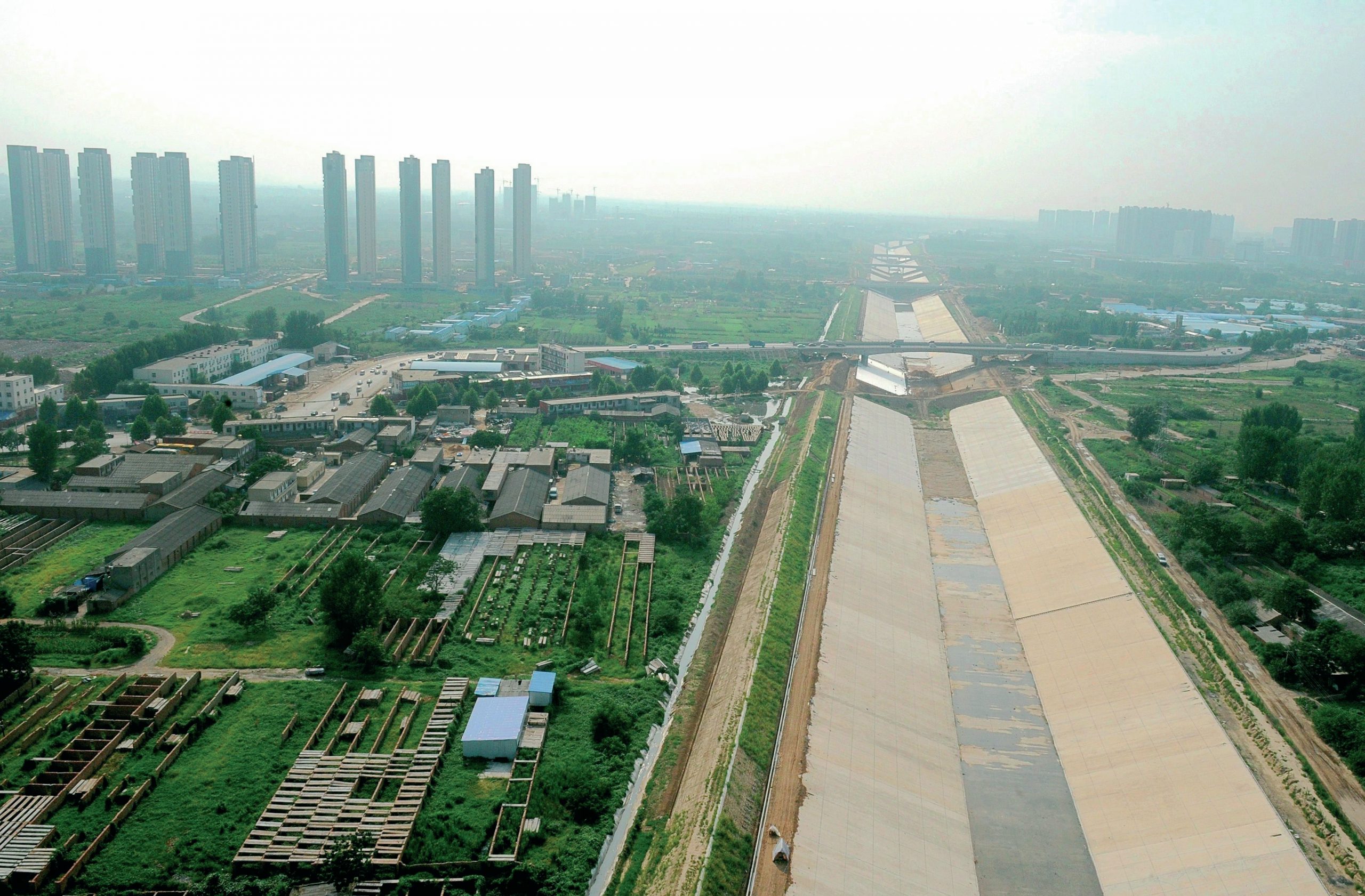
Northeast China, which includes the capital Beijing, is dangerously short of water. In the late 1970s, after many years of communist rule, China was politically unstable, and industrial and agricultural output were incredibly low, mainly due to their state ownership.
In 1978, there was a change in political leadership. The restrictive communist policies were loosened and strategies were put in place to allow industry in China to flourish. The government encouraged people to increase their personal wealth and attracted foreign investment. China had been closed to foreigners for many years, so this was a huge change. Based mainly on the production of goods for export, the Chinese economy grew by an average of 10% per year between 1990 and 2004, and China is now the second-largest trading nation in the world, after the USA.
Your organisation does not have access to this article.
Sign up today to give your students the edge they need to achieve their best grades with subject expertise
Subscribe




